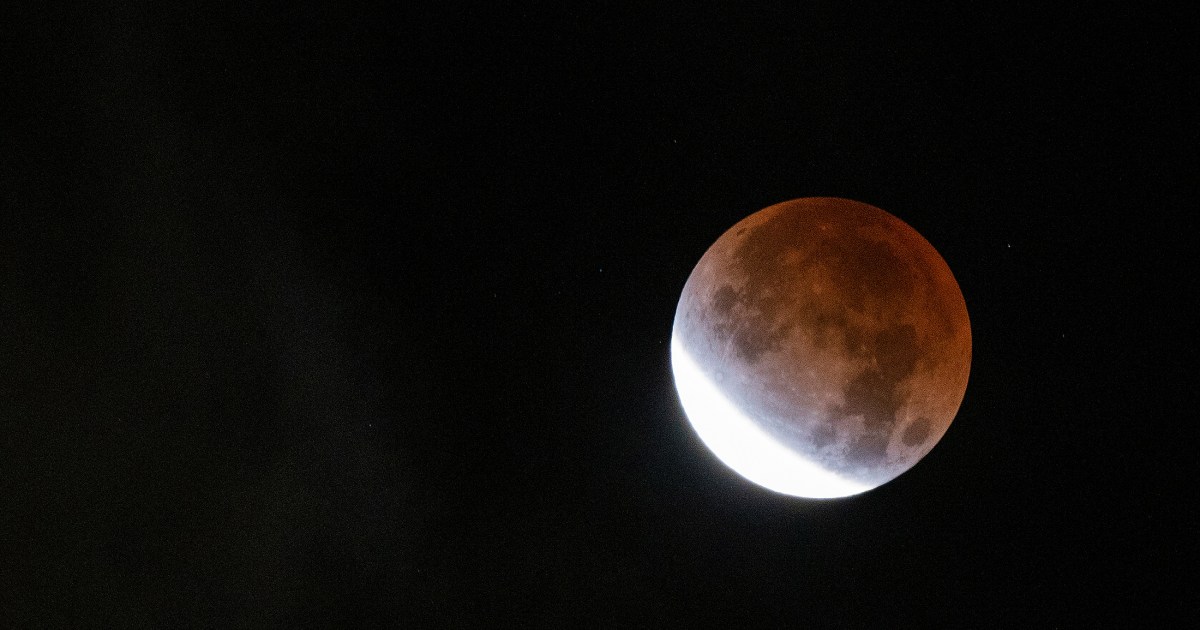دبليو ووكر سميث وآلان باركر
نحن جميعًا على دراية بعناصر الجدول الدوري ، لكن هل تساءلت يومًا عن ماهية الهيدروجين أو الزنك؟ الصوت هل تحب الآن طالب دراسات عليا في جامعة إنديانا ، و. جمع ووكر سميث بين اهتماماته المزدوجة في الكيمياء والموسيقى لإنشاء أداة سمعية وبصرية جديدة لتوصيل مفاهيم الطيف الكيميائي.
قدم سميث بياناته صوتنة تم تقديم مشروع لتحويل الأطياف المرئية لعناصر الجدول الدوري إلى صوت في اجتماع هذا الأسبوع للجمعية الكيميائية الأمريكية في إنديانابوليس ، إنديانا. خلال برنامجه “صوت الجزيئات” ، قدم سميث مقاطع صوتية لعناصر معينة إلى جانب “مركبات” تتكون من جزيئات أكبر.
كطالب جامعي ، “أنا [earned] بعد أن حصلت على درجة مزدوجة في الموسيقى والكيمياء ، كنت أبحث دائمًا عن طريقة لتحويل بحثي في الكيمياء إلى موسيقى. قال سميث خلال مؤتمر صحفي. “في النهاية ، عثرت على الطيف المرئي للعناصر ودهشت من مدى جمالها واختلافها جميعًا. اعتقدت أنه سيكون من الرائع حقًا تحويل هذا الطيف المرئي ، تلك الصور الجميلة ، إلى صوت.”
https://www.youtube.com/watch؟v=RX-GAWY2Svs
كيف تبدو المكونات؟
تصنيع البيانات ليس مفهوما جديدا. على سبيل المثال ، في عام 2018 ، استبدل العلماء فرصة ناسا للمركبة على المريخ بفرصة 5000.ذ شروق الشمس على المريخ في الموسيقى. ال بيانات فيزياء الجسيمات تُستخدم للكشف عن بوزون هيغز ، وقد تم تحويل أصداء ثقب أسود يبتلع نجمًا ، وقراءات مقياس المغناطيسية من مهمة فوييجر إلى موسيقى. وقبل سنوات عديدة ، أ[[” embedded=”” url=”” link=”” data-uri=”d71e3e53769b46aa75512f689b034f33″>project called LHCSound built a library of the “sounds” of a top quark jet and the Higgs boson, among others. The project hoped to develop sonification as a technique for analyzing the data from particle collisions so that physicists could “detect” subatomic particles by ear.
Markus Buehler’s MIT lab famously mapped the molecular structure of proteins in spider silk threads onto musical theory to produce the “sound” of silk in hopes of establishing a radical new way to create designer proteins. The hierarchical elements of music composition (pitch, range, dynamics, tempo) are analogous to the hierarchical elements of protein structure. The lab even devised a way for humans to “enter” a 3D spider web and explore its structure both visually and aurally via a virtual reality setup. The ultimate aim is to learn to create similar synthetic spiderwebs and other structures that mimic the spider’s process.
Several years later, Buehler’s lab came up with an even more advanced system of making music out of a protein structure by computing the unique fingerprints of all the different secondary structures of proteins to make them audible via transposition—and then converting it back to create novel proteins never before seen in nature. The team also developed a free Android app called the Amino Acid Synthesizer so users could create their own protein “compositions” from the sounds of amino acids.
So Smith is in good company with his interactive periodic table project. All the elements release distinct wavelengths of light, depending on their electron energy levels, when stimulated by electricity or heat, and those chemical “fingerprints” make up the visible spectra at the heart of chemical spectroscopy. Smith translated those different frequencies of light into different pitches or musical notes using an instrument called the Light Soundinator 3000, scaling down those frequencies to be within the range of human hearing. He professed amazement at the sheer variety of sounds.
“Red light has the lowest frequency in the visible range, so it sounds like a lower musical pitch than violet,” said Smith, demonstrating on a toy color-coded xylophone. “If we move from red all the way up to violet, the frequency of the light keeps getting higher, and so does the frequency of the sound. Violet is almost double the frequency of red light, so it actually sounds close to a musical octave.” And while simpler spectra like hydrogen and helium, which only have a few lines in their spectra, sound like “vaguely musical” chords, elements with more complex spectra consisting of thousands of lines are dense and noisy, often sounding like “a cheesy horror movie effect,” according to Smith.
His favorites: helium and zinc. “If you listen to the frequencies [of helium] قال سميث ، واحدًا تلو الآخر بدلاً من الكل مرة واحدة ، تحصل على نمط مقياس مثير للاهتمام ، والذي استخدمته لإنشاء أغنيتين ، بما في ذلك “حفلة رقص الهيليوم”. أما بالنسبة للزنك ، “السطر الأول من المعادن الانتقالية له أصوات محززة معقدة للغاية وكثيفة. لكن الزنك ، لأي سبب كان ، لديه عدد أكبر من الترددات والأصوات مثل مغني ملائكي يغني بالاهتزاز. “
يعمل سميث حاليًا مع متحف Wonder Lab في بلومنجتون بولاية إنديانا لإنشاء معرض متحف يسمح للزوار بالتفاعل مع الجدول الزمني والاستماع إلى الرثاء وإنشاء مؤلفاتهم الموسيقية الخاصة من أصوات مختلفة. “الشيء الرئيسي الذي أحبه [convey] قال: “العلم والفنون ليسا مختلفين. الجمع بينهما لا يؤدي فقط إلى أسئلة بحثية جديدة ، ولكن أيضًا طرق جديدة للتواصل والوصول إلى جماهير أكبر.”










